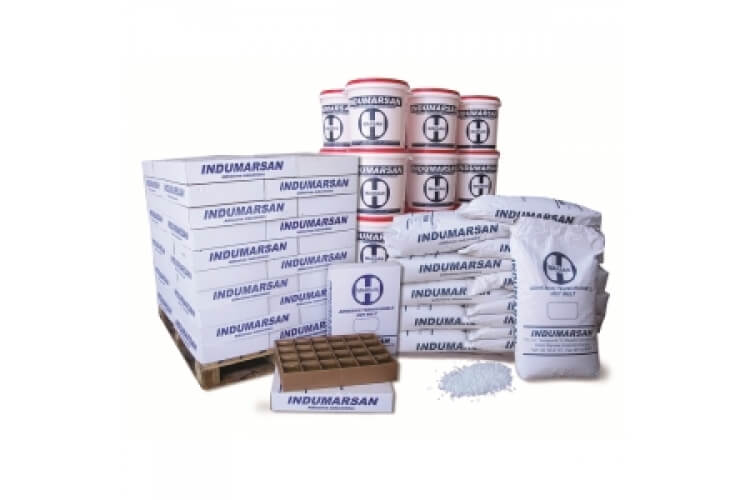Discovered in the 1980s in Switzerland, PUR Hot Melt technology has become increasingly popular, first throughout Europe, then in the United States.
What exactly is PUR? Polyurethane, or PUR, is simply a chain of polymers that share similar chemistry, bonded together by urethane.
How is it different from traditional hot melt? PUR is a so-called “reactive” adhesive because a chemical reaction needs to occur for the adhesive to unfold its potential. There needs to be some moisture to trigger that chemical reaction. The good news is that there is sufficient moisture in the air around us and usually in the material being bonded.
A drying period of 24 hours allows the moisture in the air to react with the PUR melt to create a strong bond.
-Characteristics of PUR hot melt
It is flexible and adapts to different uses: it can be fixed hard or remain elastic.
It tolerates the widest temperature range and is therefore equally effective for indoor and outdoor applications.
It is fast drying.
Achieves a high quality bond with products that are normally difficult to bond, including non-porous materials. Works with materials that are different from each other.
Less adhesive is needed for a strong bond, and less is lost during the application process.
PUR is known for its ease of use: no mixing or measuring is required.
Its ease of use and fast drying time translates into faster production, leading to lower labour costs.
Once sets, it can be sanded and/or painted and will not shrink or deteriorate.
-Main applications for PUR hot melts
Assembly and furniture manufacturing rely on hot melt adhesives.
Woodworking industry. Fast curing makes this adhesive ideal for woodworking. If you are a furniture maker, there is nothing better to enhance your work than using hot melt adhesives to create strong and durable models.
Product assembly: PUR hot melt bonds to plastics, glass, aluminium, stainless steel and other metals. Most electronic and automated assembly lines benefit from this fast drying adhesive.
Construction: Hot melt technology excels when it comes to its application for sealing windows, gaskets, foams, fabrics, plastics, particle board and light metal applications. Floors, remodels, countertops and shower walls benefit from hot melt adhesives’ ease of use and fast drying time.
-Main differences between PUR hot melt and traditional hot melt adhesives.
PUR hot melt technology has reduced or eliminated the disadvantages associated with traditional hot melt.
PUR melts better with substrates that are sensitive to high temperatures.
Joints are much stronger at high temperatures with PUR technology.
PUR’s reactive technology creates a stronger bond than most other adhesives.
The fast cure time and bond strength provide longer lasting bonds in manufacturing environments.
The flexibility of PUR, together with its resistance to high temperatures and other environmental conditions makes PUR adhesives the best choice for outdoor and indoor environments.


